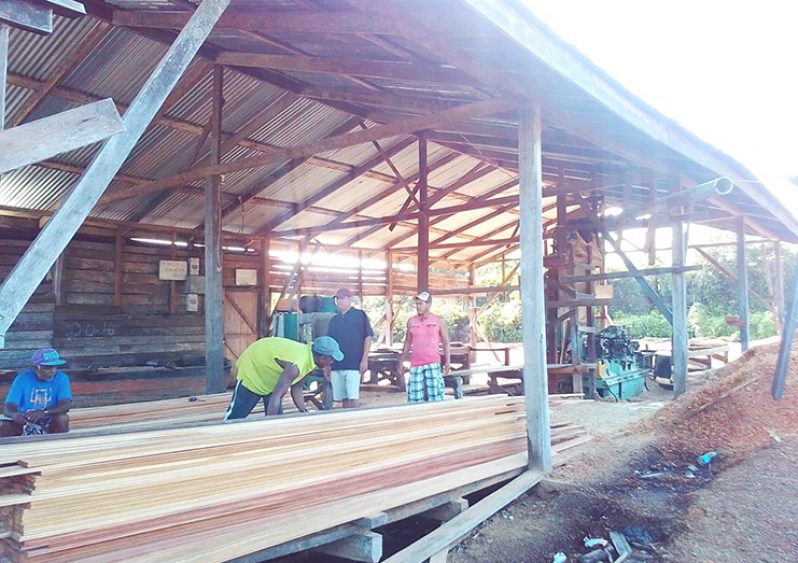– New flour factory soon to become operational
EVERYONE in the Kwebanna Village will soon be employed in some form or the other, thanks to the development of a cassava- processing factory that was constructed in 2018, but only recently received the necessary equipment to function efficiently.
Village Toshao Paul Pierre is perhaps one of the longest-serving toshaos in the country, and he was one of the persons who was instrumental in getting such a facility up and running in the Moruca sub-region.

The population of Kwebanna is over 1,200 and the village was found to have hundreds of acres of cassava farms. While many depend on this type of farming, it is not without a challenge.
“We farm a lot of cassava, plantains, eddoes, yams; everybody does that, but then we would not have enough markets for such produce,” Pierre observed during an interview with the Pepperpot Magazine.
Nevertheless, they were able to come up with a brilliant solution to the problem. “One of the things we started in 2018 was the construction of a cassava-processing facility where we will process the cassava into flour.”
In this way, apart from the actual factory workers, the entire village will be able to support the production of cassava flour. Everyone, therefore, will have opportunities to be gainfully employed.
The project has gone a far way, and according to Pierre, persons will now be trained to operate the machinery that came in recently from China.
In addition to this facility, Kwebanna might be the only indigenous community that has an operational sawmill that creates employment for the villagers. Pierre has also been a main person in starting up this initiative, which was financed under the Guyana Micro Projects.
“The sawmill is still working here. We are a fairly developed community here and we do mostly lumbering and forestry-related activities for a living,” Pierre, who formerly served as Chairman and Regional Vice-chairman on the Regional Democratic Council (RDC), offered.
Village Politics

Pierre, having written the then Common Entrance exams, was granted a hinterland scholarship to attend secondary school in Georgetown. Afterwards, he returned to Region One to do farming and mining.
But he became involved in the village politics that would see him being elected toshao of the village in 2001. In 2006, he then moved on to national politics and it was then that he started serving on the RDC.
Also Vice-chairman of the National Toshaos Council, Pierre despite the challenges associated with the indigenous communities, there has definitely been progress. “No doubt about it. We now have more schools; trained teachers; education is now easier to get than before; we have more trained health workers from the communities; hospitals are served by doctors, roads and other services,” he pointed out.
However, he said there is still a far way to go for the indigenous communities to come on par with those on the coastland.
Pierre, whose term of office as toshao will come to an end next year, said he wants to see the rights of the indigenous peoples respected more fully, and also that their land issues get resolved.




.png)









